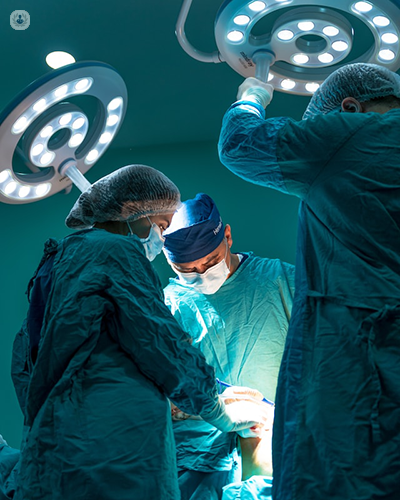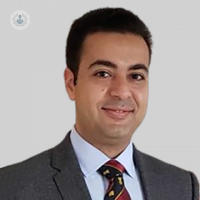How does robotic-assisted surgery improve thoracic procedures?
Escrito por:Thoracic procedures, which focus on the organs and structures inside the chest, such as the lungs and oesophagus, are traditionally complex. However, the advent of robotic-assisted surgery is transforming the way these surgeries are performed, offering patients numerous advantages. Let’s explore how this cutting-edge technology is making thoracic surgeries more precise and patient-friendly.

What is robotic-assisted surgery?
Robotic-assisted surgery is a minimally invasive technique where the surgeon uses robotic systems to perform the operation. Rather than making large incisions, this technology allows for smaller, more precise cuts. The robot is controlled by the surgeon from a console, and it offers enhanced visualisation and precision that far exceeds what the human hand alone can achieve.
This approach is particularly beneficial in thoracic surgery, where access to vital structures such as the lungs, diaphragm, and oesophagus can be challenging. Procedures such as lung resections (removing part of the lung), thymectomies (removal of the thymus gland), and oesophagectomies (removal of part of the oesophagus) are increasingly being done robotically.
How does robotic-assisted surgery compare to traditional methods?
Traditionally, thoracic surgeries required large incisions through the chest wall, sometimes needing the ribs to be spread apart, which understandably resulted in significant pain and long recovery times. Robotic-assisted surgery, on the other hand, uses smaller incisions, reducing trauma to the body.
The robot’s instruments are more dexterous than a human hand, able to move in ways a surgeon’s hand cannot, allowing for greater precision during delicate manoeuvres. This reduces the likelihood of damaging nearby tissues, leading to fewer complications, less blood loss, and a faster recovery for patients.
Will robotic surgery affect recovery times?
One of the major benefits of robotic-assisted thoracic surgery is the shorter recovery time. Smaller incisions mean that patients experience less pain, and they can often leave the hospital sooner. Instead of the lengthy recovery periods traditionally associated with open thoracic surgery, robotic surgery patients are typically back on their feet within days, returning to normal activities much faster.
Additionally, because of the minimally invasive nature of this approach, patients are less likely to require intensive post-operative care or experience complications such as infections. For many patients, this can significantly reduce the emotional and physical burden of surgery.
Is robotic surgery safe?
Many patients worry about the safety of robotic-assisted surgery, but it’s important to remember that the technology is entirely controlled by a skilled surgeon. The robot is simply an extension of the surgeon’s hands, offering greater precision and control. Surgeons who perform robotic surgery undergo specialised training, and hospitals that offer this service adhere to stringent safety protocols.
Moreover, the high-definition 3D view provided by the robotic system gives surgeons a better visual field, allowing them to perform delicate procedures with heightened accuracy. This reduces the risk of human error and enhances the overall safety of the operation.
Could I be a candidate for robotic-assisted thoracic surgery?
Whether robotic-assisted surgery is suitable for you depends on the specific thoracic condition you are facing. Common indications include lung cancer, benign lung diseases, and certain oesophageal conditions. Your surgeon will assess your case individually and consider factors such as your overall health, the complexity of your condition, and the potential benefits of a minimally invasive approach.
Patients with underlying medical issues or those requiring particularly complex procedures may not always be ideal candidates. However, robotic-assisted surgery is expanding the number of patients who can benefit from minimally invasive procedures.


